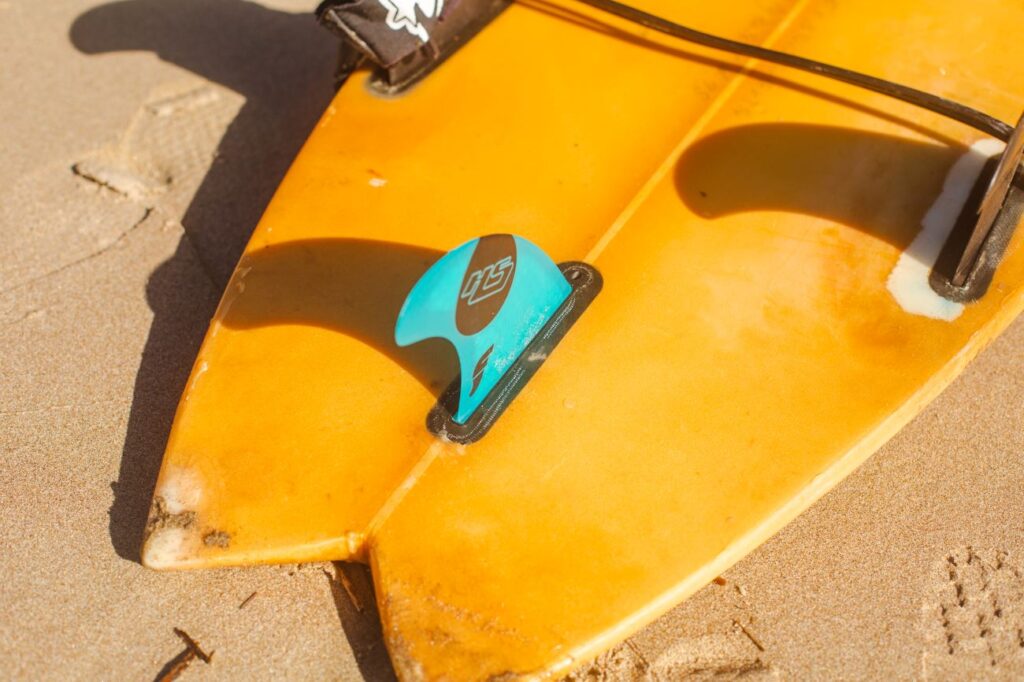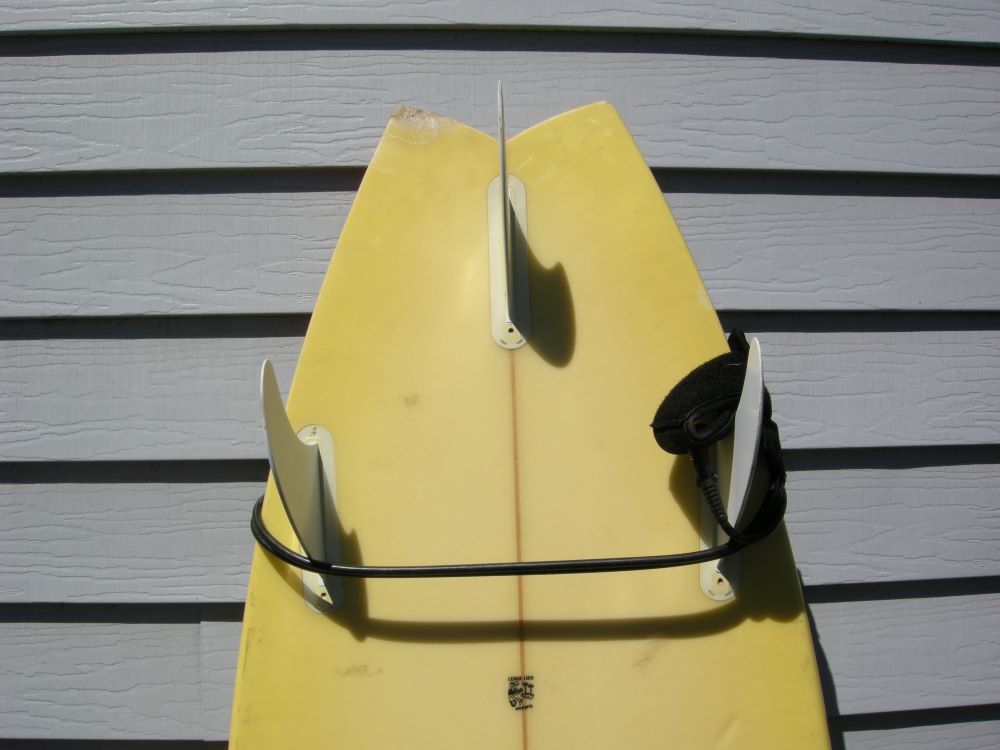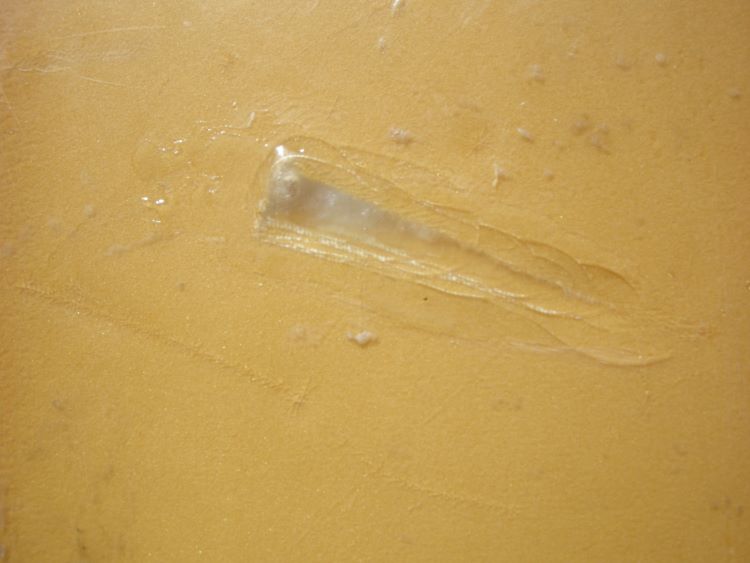Epoxy surfboards are opaque and more durable than PU surfboards, which are more fragile and have a clearer resin. Epoxy surfboards are lighter and more rigid than PU (or polyurethane) surfboards which are more traditional in construction.
It can sometimes be hard to tell if a surfboard is epoxy or PU (poly). Epoxy surfboards and polyurethane surfboards (also called fiberglass) surfboards are made from different resins and foam cores, and often behave differently in the water.
What is the difference between epoxy and PU surfboards?
The two most popular surfboard materials today are called epoxy and PU surfboards. Epoxy surfboards have an EPS (expanded polystyrene) foam core and an epoxy resin. PU surfboards have a polyurethane core and a polyester resin. Don’t get overwhelmed by the fancy nomenclature. Lets sort this out in english.

Surfboard foam cores
There are two main types of foam cores in hard-top surfboards. They are polyurethane (PU) and expanded polystyrene (EPS). See the table below for a breakdown of these two foam cores.
| Polyurethane (PU) | Expanded Polystyrene (EPS) | |
| Pros | Easy to hand shape Cheaper Soaks up less water | Stronger and stiffer Slightly less bad for environment |
| Cons | Compresses easier Worse for environment | Soaks up more water Hard to hand shape More expensive |
| Facts | Traditional core used since 50s Heavier (can be pro or con) | Newer technology Lighter (can be pro or con) |
Polyurethane (aka PU or “poly”) is the traditional foam core because it is easy to shape by hand. It is heavier than EPS, which makes it better for pushing through choppy conditions. EPS on the other hand is better for quick maneuvers because it is lighter and stiffer.
Surfboard resins
There are two main types of resins used to coat hard-top surfboards. These are polyester (PE) resin and epoxy resin. The table below gives information about these two resins
| Polyester (PE) | Epoxy | |
| Pros | Cheaper Easier to work with | More durable Bonds better to foam core Can be used with PU and EPS core |
| Cons | More toxic Dings easier Degrades over time (brittle) Only used with PU core | More expensive |
In general, epoxy is more durable but more expensive. Polyester is cheaper, but less durable. If durability is a priority, consider an epoxy surfboard. If budget is a priority, polyester is probably the way to go.



How to tell if your surfboard is epoxy or PU
Epoxy surfboards, or more accurately epoxy resin, is not see through. It is usually an opaque white color. You probably will not be able to press your thumb into the epoxy resin. Epoxy resin is stronger than epoxy, which makes it more durable.

PU surfboards (also known as poly, polyurethane, or misnomer of fiberglass) have a clear resin (called polyester) that is more fragile, but more flexible, than epoxy. You will be able to press your thumb into the resin, but don’t do too much damage to your board.
Is epoxy or PU better for you?
In reality, both PU and epoxy boards are fine for beginners.Intermediate or advanced surfers looking for a particular style or feel may need to consider the differences more thoroughly.
Epoxy surfboards are more durable and lighter. PU boards are fragile and ding easily, but have great flex which is really nice sometimes. Each surfer prefers one over the other. It really just depends on what your like better.
That said, keep your options open. Surfboards can be expensive, so don’t limit yourself. Definitely get a longboard if you are a beginner. Learn more about buying a surfboard for beginners.
I also recommend learning about how to buy a used surfboard. Used surfboards are a great way to save money. As a beginner, you don’t need a fancy new surfboard.
Heads up! Surfing is awesome but it can be dangerous! Learn more about how to stay safe and avoid dangers while surfing. If you are a beginner surfer, check out my other articles about surfing and my ultimate guide to learning how to surf.


![Best longboard surfboards [2023] – all skill levels surfer with surf hat](https://mindfulladventure.com/wp-content/uploads/2022/10/surf-hat-crop-1000-270x180.jpeg)




